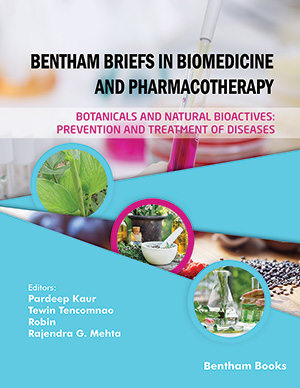Abstract
SHS investigation development is considered from the geographical and historical viewpoint. 3 stages are described. Within Stage 1 the work was carried out in the Department of the Institute of Chemical Physics in Chernogolovka where the scientific discovery had been made. At Stage 2 the interest to SHS arose in different cities and towns of the former USSR. Within Stage 3 SHS entered the international scene. Now SHS processes and products are being studied in more than 50 countries.
Abstract
Cognizant that ‘the world is one family’, this overview describes
chemosensory characteristics of food and related issues that may enable global
inequalities in healthy food consumption to be improved with a reduction in noncommunicable diseases (NCDs), preventatively. Past and modern aspects of food
tradition are briefly described followed by titular chemosensory characteristics and
their potential application to improving health in nutrition in the sense intended,
including the culinary plate. Human-computer interface and food augmentation reality
and commensal dining, in association with chemosensory properties, including sound
concerning oral food processing, are described. Future research on arresting trends in
the prevalence of NCD is suggested based on the literature. Visual cues for in-store
food choice are discussed that potentially allow the consumer, through psychological
processes and behavior outcomes, to be more discerning. Advertisements and store
architecture per se are not discussed. The relatively high prevalence of anosmia caused
by COVID-19 infection relative to non-infected subjects may alter taste and flavor
perception and lead to changed dietary habits and metabolism. Most global consumers
can practice the ‘how’ and ‘when’ to beneficially eat but food insecurity poses a global
problem.
Keywords:
Commensal dining, Food augmentation, Global NCDs, Hidden hunger, Marketing, Robotics, Visual cues.
We recommend

Authors:Bentham Science Books






